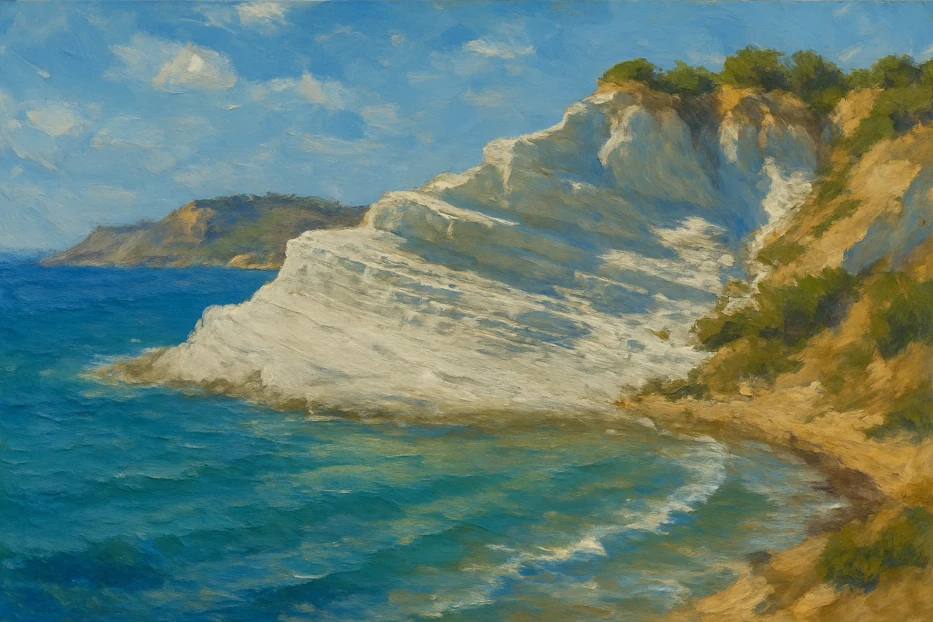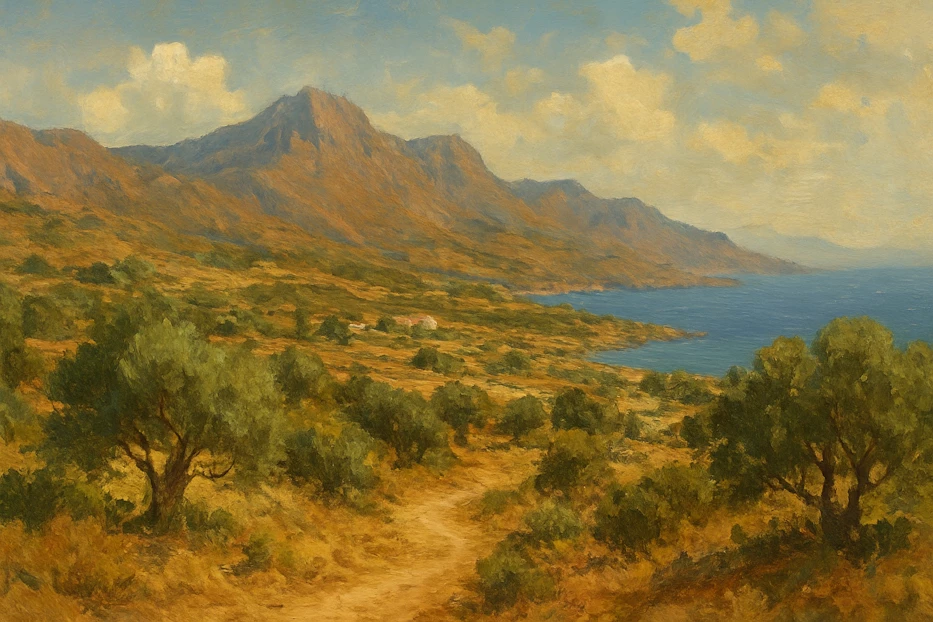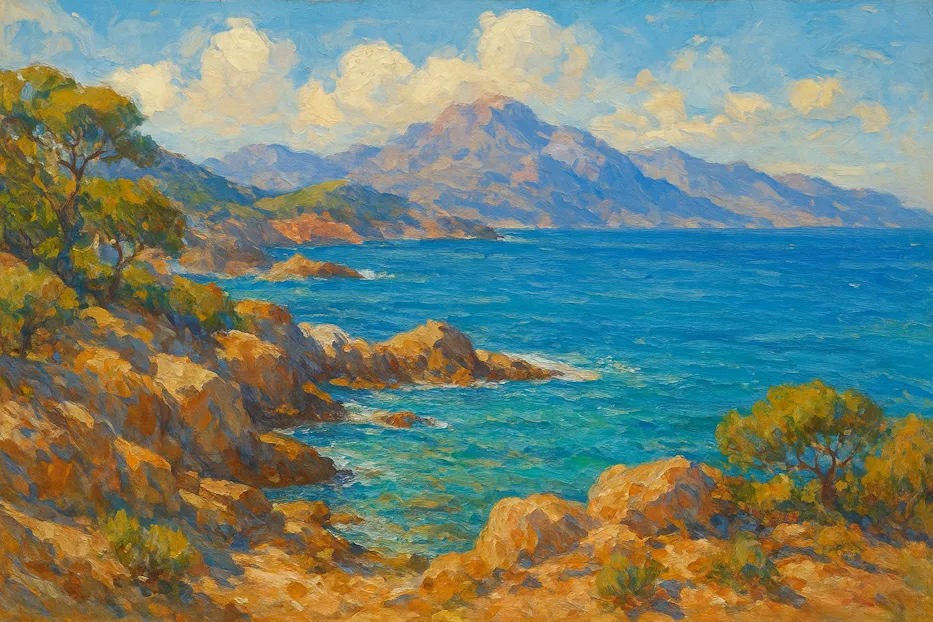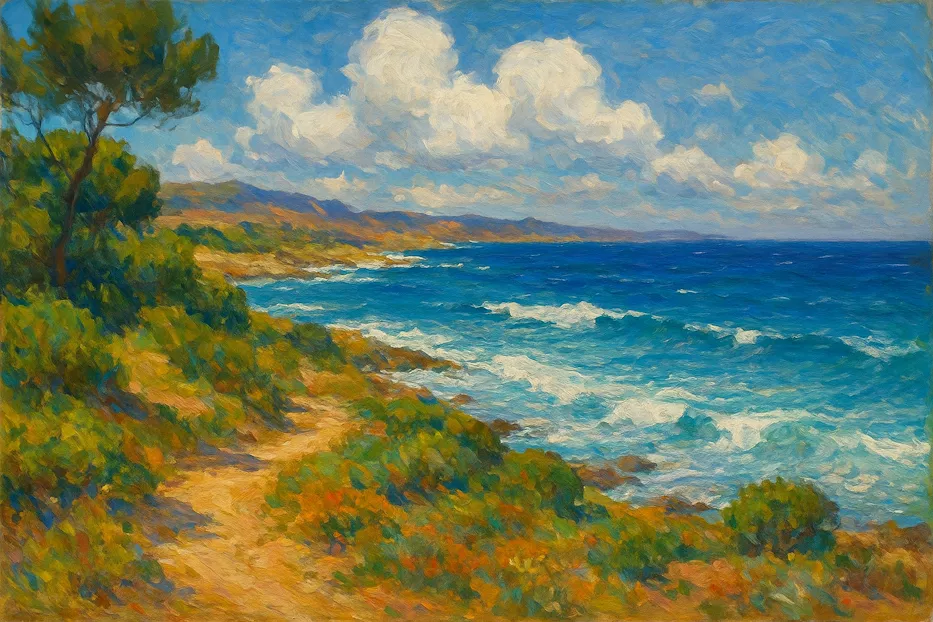The Mediterranean Sea is home to some of the world’s most historically and culturally significant islands. Among them, five stand out as the largest, each with its own unique landscape, history, and traditions.
These islands — Sicily, Sardinia, Cyprus, Corsica, and Crete — have been shaped by ancient civilizations, from the Greeks and Romans to the Byzantines and Ottomans.
They boast stunning coastlines, rugged mountains, and fertile plains that have supported human settlement for millennia. While they share a Mediterranean identity, each island has a distinct character, shaped by geography and history.
Some have experienced political tensions, while others are known for their strong regional identities. Their enduring appeal makes them some of the most fascinating destinations in the Mediterranean Sea.
Table of Contents
The Five Largest Mediterranean Sea Islands
Here are the five largest islands in the Mediterranean Sea, ranked by size. Each island radiates its own unique charm, offering experiences that touch the soul and inspire cherished memories in visitors.
5. Crete
Crete, Greece’s largest island, along with its islets, covers 8,336 square kilometers (3,219 square miles), making it the fifth-largest in the Mediterranean Sea. It is renowned for its ancient Minoan civilization, which flourished over 4,000 years ago.
The ruins of Knossos, associated with the legendary King Minos and the Minotaur myth, are a major tourist attraction. Crete’s diverse landscape includes stunning beaches, fertile plains, and the rugged White Mountains.
Heraklion, the island’s capital, is a bustling city with a mix of modern and historical influences. Cretan cuisine, famous for its health benefits, includes olive oil, fresh vegetables, and local cheeses like graviera.
The island’s economy relies heavily on tourism, agriculture, and olive oil production. Traditional music and dance remain an important part of Cretan culture, preserving its rich heritage.
Crete played a crucial role in Greek history, particularly during the resistance against Ottoman and German occupations. Today, as one of the largest islands in the Mediterranean Sea, it remains a vibrant and significant part of Greece, drawing millions of visitors each year.
4. Corsica
Corsica, France’s largest island and one of the largest Mediterranean Sea islands, spans about 8,722 square kilometers (3,368 square miles). It is a French region, though it retains a strong cultural identity with its own language, Corsican. The island’s rugged terrain includes mountains that cover nearly two-thirds of its area.
Ajaccio, the capital, is famous as the birthplace of Napoleon Bonaparte. Corsica is often referred to as the “Island of Beauty” due to its diverse landscapes, from pristine beaches to dramatic cliffs. The island attracts outdoor enthusiasts who enjoy hiking the GR20, one of Europe’s most challenging trekking routes.
Corsican cuisine features specialties such as wild boar stew and chestnut-based dishes. While tourism is a major industry, the island has maintained a reputation for resisting mass development.
Political tensions have existed, with calls for greater autonomy or even independence from France. Despite these issues, Corsica remains one of the most picturesque and culturally unique islands in the Mediterranean.
3. Cyprus
Cyprus, the third-largest island in the Mediterranean Sea, covers approximately 9,251 square kilometers (3,572 square miles). It is an independent nation, though politically divided between the Republic of Cyprus and the Turkish-controlled northern region.
Nicosia, the capital, is the last divided capital in Europe, with a UN buffer zone separating the two sides. The island has a long history, with influences from Greek, Roman, Byzantine, and Ottoman civilizations.
Cyprus is known for its beautiful beaches, ancient ruins, and mountain villages. The Troodos Mountains in the interior are home to picturesque monasteries and hiking trails. Tourism is a major industry, alongside finance and shipping.
One of the largest Mediterranean Sea islands, it is also famous for its halloumi cheese, which has gained international popularity. Despite political tensions, Cyprus remains a key cultural and economic hub in the eastern Mediterranean.
2. Sardinia
Sardinia, the second-largest island in the Mediterranean Sea, spans around 24,100 square kilometers (9,300 square miles). It is another autonomous region of Italy, known for its rugged coastline and stunning beaches.
The island’s interior is mountainous, with peaks like Punta La Marmora reaching over 1,800 meters (6,000 feet).

Sardinia has a distinct culture, with its own language, Sardinian, which is recognized as a minority language in Italy. One of the largest Mediterranean Sea islands, it is famous for its nuraghe, ancient stone structures built by the Nuragic civilization over 3,000 years ago.
Cagliari, the capital, is a vibrant city with a mix of medieval and modern architecture.
Sardinia is a popular tourist destination, attracting visitors with its crystal-clear waters and unspoiled landscapes. The island’s cuisine includes specialties such as porceddu (roast suckling pig) and pane carasau, a traditional flatbread.
Alongside these, Sardinia is renowned for its exquisite wines, such as Cannonau (a robust red wine), Vermentino (a refreshing white wine), and Carignano del Sulcis (a deep, rich red). Its economy is based on agriculture, tourism, and a small but significant mining sector.
Despite its natural beauty, Sardinia has struggled with depopulation, as many young people leave for the mainland in search of better opportunities.
1. Sicily
Sicily, the largest island in Italy and the Mediterranean Sea, covers approximately 25,711 square kilometers (9,927 square miles). It is an autonomous region of Italy, separated from the mainland by the narrow Strait of Messina.
The island is home to Mount Etna, Europe’s most active volcano, which frequently erupts. Palermo, the capital, boasts a rich history influenced by Greek, Roman, Arab, and Norman civilizations. Sicily’s ancient ruins, such as the Valley of the Temples in Agrigento, attract millions of tourists each year.
The island’s cuisine is world-renowned, featuring dishes like arancini, cannoli, and pasta alla Norma. Sicilian wine, particularly Marsala and Nero d’Avola, is highly regarded.
The economy relies on agriculture, fishing, and tourism, though unemployment remains a challenge. Mafia influence, historically strong in Sicily, has declined due to law enforcement efforts.
Despite economic struggles, Sicily remains a cultural and historical jewel of the Mediterranean.
The 5 Largest Islands in the Mediterranean Sea (Table)
| Rank | Island | Country | Area (km²) | Area (sq mi) |
|---|---|---|---|---|
| 1 | Sicily | Italy | 25,711 | 9,927 |
| 2 | Sardinia | Italy | 24,100 | 9,300 |
| 3 | Cyprus | Cyprus | 9,251 | 3,572 |
| 4 | Corsica | France | 8,722 | 3,368 |
| 5 | Crete | Greece | 8,336 | 3,219 |
Frequently Asked Questions about the Largest Mediterranean Sea Islands
Which is the largest island in the Mediterranean Sea?
Sicily is the largest island in the Mediterranean Sea, covering about 25,711 square kilometers (9,927 square miles).
Which country does Sardinia belong to?
Sardinia belongs to Italy and is the second-largest Mediterranean island.
Is Cyprus part of the European Union?
Yes, Cyprus is an EU member state located in the eastern Mediterranean.
How big is Sardinia compared to Sicily?
Sardinia is about 24,100 square kilometers (9,300 square miles), slightly smaller than Sicily.
Which Mediterranean island has the largest population?
Sicily has the largest population among the Mediterranean islands, with nearly 5 million residents.
What is the main city of Cyprus?
Nicosia is the capital and largest city of Cyprus.
Are there any UNESCO sites on Crete?
Yes, Crete has archaeological sites like Knossos, associated with the Minoan civilization.
What is the largest Greek island in the Mediterranean?
Crete, one of the largest Mediterranean Sea islands, is the largest Greek island, covering about 8,336 square kilometers (3,219 square miles).
How can you travel to Sardinia?
You can reach Sardinia by ferry from mainland Italy or by flights to Cagliari, Olbia, and Alghero airports.






